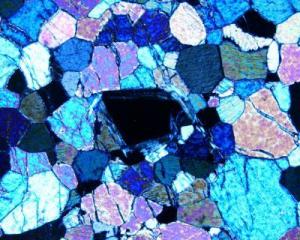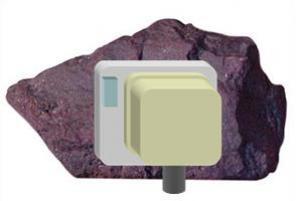
© Nagem RThis is Prussian blue. This salt could cause substances essential for life.
A team of researchers from the Astrobiology Centre (INTA-CSIC) has shown that hydrogen cyanide, urea and other substances considered essential to the formation of the most basic biological molecules can be obtained from the salt Prussian blue. In order to carry out this study, published in the journal
Chemistry & Biodiversity, the scientists recreated the chemical conditions of the early Earth.
"We have shown that when Prussian blue is dissolved in ammoniac solutions it produces hydrogen cyanide, a substance that could have played a fundamental role in the creation of the first bio-organic molecules, as well as other precursors to the origin of life, such as urea, dimethylhydantoin and lactic acid," Marta Ruiz Bermejo, lead author of the study and a researcher at the Astrobiology Centre (CSIC-INTA), said.
Urea is considered to be an important reagent in synthesising pyrimidines (the derivatives of which form part of the nucleic acids DNA and RNA), and it has been suggested that hydantoins could be the precursors of peptides and amino acids (the components of proteins), while lactic acid is also of biological interest because, along with malic acid, it can play a role in electron donor-recipient systems.
